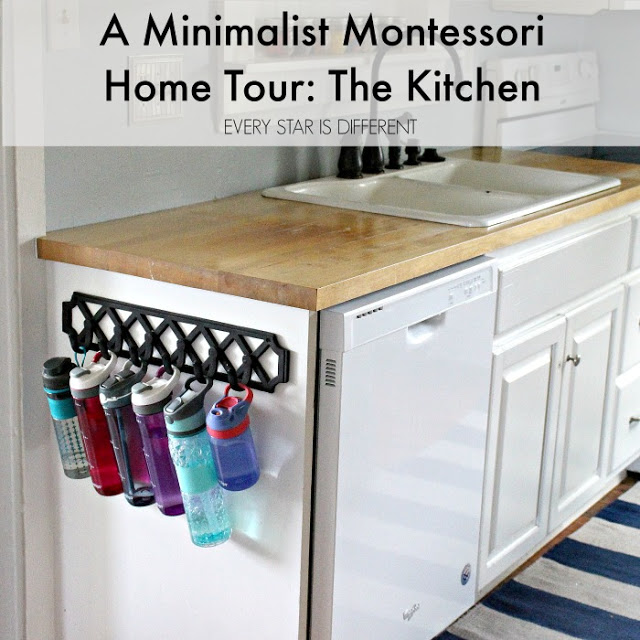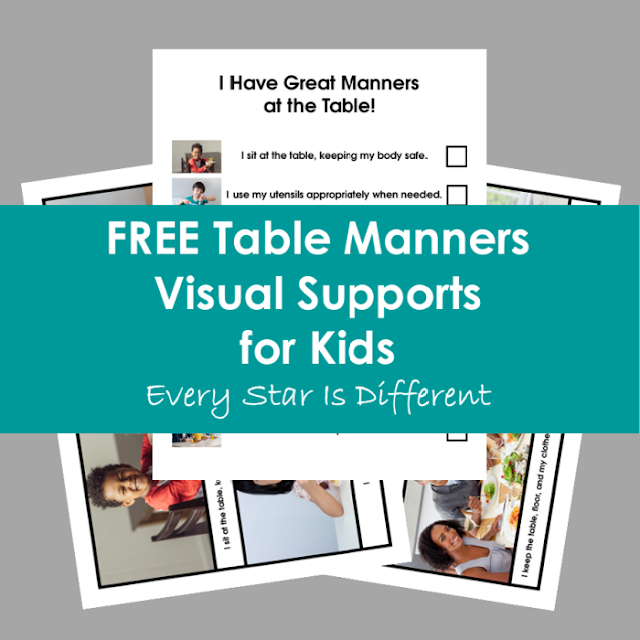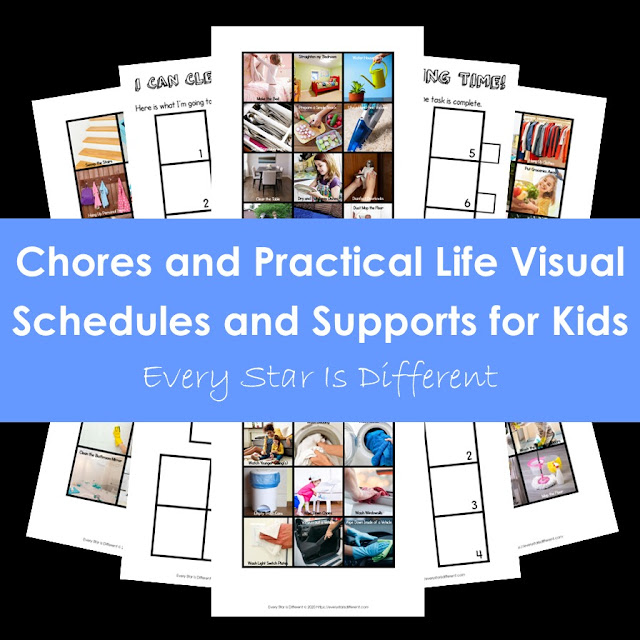4 Reasons Children Struggle with Table Manners and How to Help
1. Struggles with Food
Food Issues: Are They Behavioral, Sensory Related or Medical?
7 Ways to Help Children When Food Is the Enemy
When in doubt ask your child why mealtime is so difficult. You may be surprised by what you're told.
Together you can come up with a plan that will help the most.
We were struggling with table manners and mealtime during our Montessori co-op at one point.
After speaking with the kids to understand what was going on, we were able to come up with a fabulous solution that worked beautifully! You can read about it in the post below.
How to Help My Child Try New Foods
Sunshine struggles with multiple issues related to food.
She craves textures and flavors, yet does not like her food mixed on her plate. Soups and casseroles are out of the question!
As a toddler, we learned that Sunshine struggled with reflux, had multiple food allergies and has a submucosal cleft palate related to her Cranial Facial Microsomia.
Once we addressed her medical issues, her eating habits improved immensely.
Sunshine also suffers from Reactive Attachment Disorder, which usually always includes a food component. To read more about Sunshine's story with food related to RAD, read the post below.
Reactive Attachment Disorder and Food Struggles
I will say, we have not had the same struggles mentioned in the post above, since Sunshine has returned. They are completely different, though some are definitely related to Reactive Attachment Disorder.
Unfortunately, food struggles are not the only reason children may struggle with table manners.
2. Delays in Motor Skills and Muscle Development
Some children are delayed in fine and gross motor skills, making the task of sitting at the table and using utensils appropriately a challenge.
When mealtime becomes too much of a challenge, frustrations mount. At times, it may just feel easier to the child to give up or eat with hands, etc.
Sunshine struggles with delays in fine motor skills and hand and finger muscles. She also lacks coordination when using a fork and a spoon.
Over the years we have worked to help Sunshine with these issues in multiple ways.
We provide a Montessori kitchen where she is able to work independently with child-friendly tools at her level.
A Minimalist Montessori Home Tour: The Kitchen
Unfortunately Sunshine didn't have this set up in residential and did not practice these skills. Before she left residential, she could prepare her peanut butter banana toast for breakfast independently.
Now she only feels comfortable putting the bread in the toaster and cutting bananas. Her fear of failure at spreading peanut butter is big.
During our Montessori co-op days, and while the kids were younger, we also provided other supports and opportunities to develop fine motor skills at meal time.
You can read about all we did in the post below. Now that we're transitioning from serving dinner in the living room on Montessori mats, where kids don't have to watch Sunshine eat, to practicing table manners at the table, we will be initiating this again.
The three older kids are almost completely independent at mealtime, so they don't necessarily need it anymore.
The Best 5 Tips for Helping Children Become Independent at Mealtime
3. Sensory Stimuli in the Room
4. Mealtime Struggles related to Reactive Attachment Disorder or other mental health concerns
Once you're able to meet needs related to food, motor skills and sensory stimuli in the room, most children will be successful at mealtime.
However, there are those who won't be. Most often this is related to Reactive Attachment Disorder or other mental health issues related to family relationships.
Mealtime at the table can be a very intimate time for a family that promotes closeness. Those who struggle in these situations are going to have behaviors at the table.
I briefly touched on and shared resources about the history of Sunshine's mealtime habits related to Reactive Attachment Disorder and other mental health issues above.
Mealtime at the table requires Sunshine to share attention, which she does not enjoy.
Eating at the table together as a family requires her to spend time with everyone in the family, following conversations, being kind, and enjoying people's company, respecting what others choose to talk about, which she struggles with.
Dinner (and every other meal with family) requires being in close proximity to other family members, which means keeping boundaries and being close, which is also hard.
Sometimes it's just easier to push people away to feel safe.
At mealtime in our home, Sunshine does this through eating inappropriately, covering herself in food from head to toe.
Other times it means starting an argument or being unkind with body language and words.
That doesn't even begin to address trauma related to food Sunshine has experienced.
After all this time, she doesn't trust that she will be fed, or that her food won't be taken away (residential made this issue so much worse), and so she inhales it as fast as she can in the easiest way possible.
This is what we're working on now.
I am hopeful that because Sunshine helped develop a plan for herself that the FREE Table Manners Visual Supports for Kids will be exactly what she needs to improve manners at the table and help make mealtime enjoyable for everyone.
FREE Table Manners Visual Supports for Kids
- I Have Great Manners at the Table Chart
- Table Manners Cards
We will be using both resources with Sunshine as she is unable to read past CVC words.
Understanding what pictures represent each table manners cue is extremely important.
The true-to-life images used in this printable are of families and children practicing each aspect of table manners.
I will cut and laminate the cards, placing them on a ring to use outside of eating time or on the go, to remind Sunshine of expectations.
Source: I created the Table Manners Visual Supports for Kids. Follow the directions at the bottom of this post to obtain your free copy.
Meal and Snack Time Visual Schedules and Supports for Kids
The FREE Table Manners Visual Supports for Kids works beautifully with our Meal and Snack Time Visual Schedules and Supports for Kids.
We have started using this with Sunshine since she has returned and it helps immensely. Visual schedules make such a difference for her, especially those related to food.
I can't wait to use it while on vacation to help her navigate mealtime on the go!
Don't forget your free printable!
1. Click on the Subscriber's link at the bottom of this post.
2. Subscribe to our free newsletter.
3. Open the thank you message you receive in your e-mail, after subscribing. (Be sure to check your spam folder, as sometimes it ends up there.)
4. Click the confirmation link in the thank you message.
5. Once the confirmation is complete, you will receive another e-mail message with the Subscriber Only Freebies.
6. Click on link.
7. Find the printable pack you are looking for listed in alphabetical order, click on it, and voila!
We hope you enjoy your free printable.
Note: If you are already a newsletter subscriber, open your most recent newsletter. At the bottom you will find a link to the Subscriber Only Freebies page, along with the password in case you forgot it.
Click HERE to Subscribe to our FREE Newsletter

















No comments:
Post a Comment